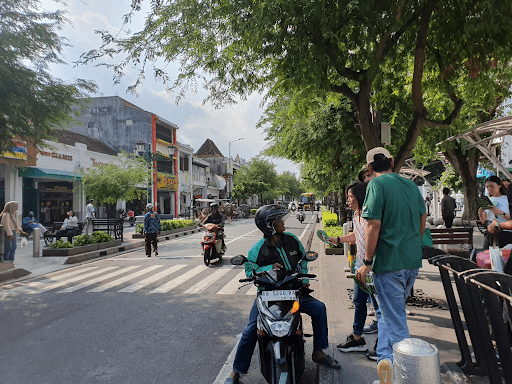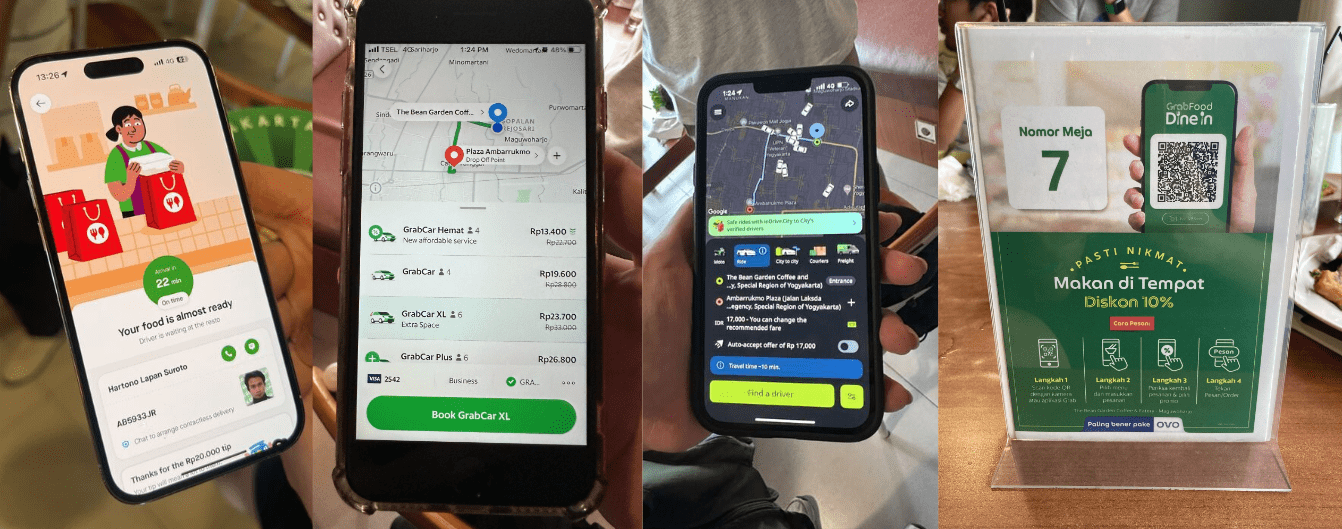Few companies successfully scale across Southeast Asia due to its diversity. From Muslim-majority Indonesia to Buddhist Thailand and financial hub Singapore, the region’s nearly 700 million people span various stages of economic development, languages, political systems, religions, and cultures.
At Grab, we are among the few who have thrived in this diversity. Though headquartered in Singapore, our strength lies in understanding Southeast Asia’s local nuances. This didn’t happen overnight; it required building an organisation that adapts quickly to changing environments and stays informed about local realities.
We developed “immersions” to keep our focus on solving real, everyday problems for our users and partners in the region.
What happens at an immersion?
Immersions are a structured process where individuals or teams spend time in one of our markets to understand local contexts and user pain points.

This helps us avoid blind spots. Without immersions, we might not have thought of setting up Grab benches as pick-up and delivery spots along Vietnamese beach roads or understood how many users order Grab services for less tech-savvy family members, leading to our Family Account feature.
[Also read: ‘Find Me Here’: Vietnam’s Grab Benches simplify rides and deliveries to the beach]
Immersions are integral to Grab’s culture of innovation and learning, involving Grabbers at all levels, including our top executives. For example, a recent product team immersion saw more than 80 team members, including top leadership from Singapore, spend several days in Yogyakarta and Solo in Indonesia.
[Also read: Grab launches Family Account BETA for users to be part of their loved ones’ journeys]
The team, divided into smaller groups and supported by local Grab counterparts, met GrabFood merchants, shadowed food and GrabExpress deliveries, visited local malls, and conducted focus groups and user interviews.
They extensively used the Grab app and local alternatives to experience different scenarios firsthand. Understanding how local users, driver- or merchant-partners use the Grab app, as well as the impact of local mobile networks and smartphones on the app experience, is crucial for the product team.

Understanding real user problems
The product and maps teams knew that relying on conventional street names and house numbers isn’t always possible in some Indonesian neighbourhoods, where dense settlements often lack street signs and house numbers.
During this immersion, the teams also learned that mapping these areas with Grab’s KartaCam technology isn’t always an option due to narrow alleyways cluttered with private household items like laundry.
[Also read: KartaCam 2, Grab’s next-generation map-making camera]
Collaborating with the local Grab team and authorities, they integrated existing neighbourhood zoning data into Grab maps. Solving this issue would have felt abstract to Singapore-based teams without firsthand experience.

Investing in immersions
Regular immersions at both team and individual levels are crucial to Grab’s operations. They have led to the development and improvement of many features users and partners now enjoy.
One visible example is Deal Zone, a pilot feature in some Indonesian cities that lets users browse deals in popular destinations like malls and markets.
A less visible but impactful example is Grab’s Bluetooth beacon, a device installed in some restaurants to track exactly when Grab delivery drivers arrive for pick-up, reducing driver wait times and increasing their earnings.
[Also read: These little Bluetooth devices are helping Grab predict food preparation time]
Investing in bringing teams together and conducting extensive field research keeps us grounded in solving real-world problems across our diverse region. Immersions are here to stay.
3 Media Close,
Singapore 138498
Komsan Chiyadis
GrabFood delivery-partner, Thailand
COVID-19 has dealt an unprecedented blow to the tourism industry, affecting the livelihoods of millions of workers. One of them was Komsan, an assistant chef in a luxury hotel based in the Srinakarin area.
As the number of tourists at the hotel plunged, he decided to sign up as a GrabFood delivery-partner to earn an alternative income. Soon after, the hotel ceased operations.
Komsan has viewed this change through an optimistic lens, calling it the perfect opportunity for him to embark on a fresh journey after his previous job. Aside from GrabFood deliveries, he now also picks up GrabExpress jobs. It can get tiring, having to shuttle between different locations, but Komsan finds it exciting. And mostly, he’s glad to get his income back on track.

